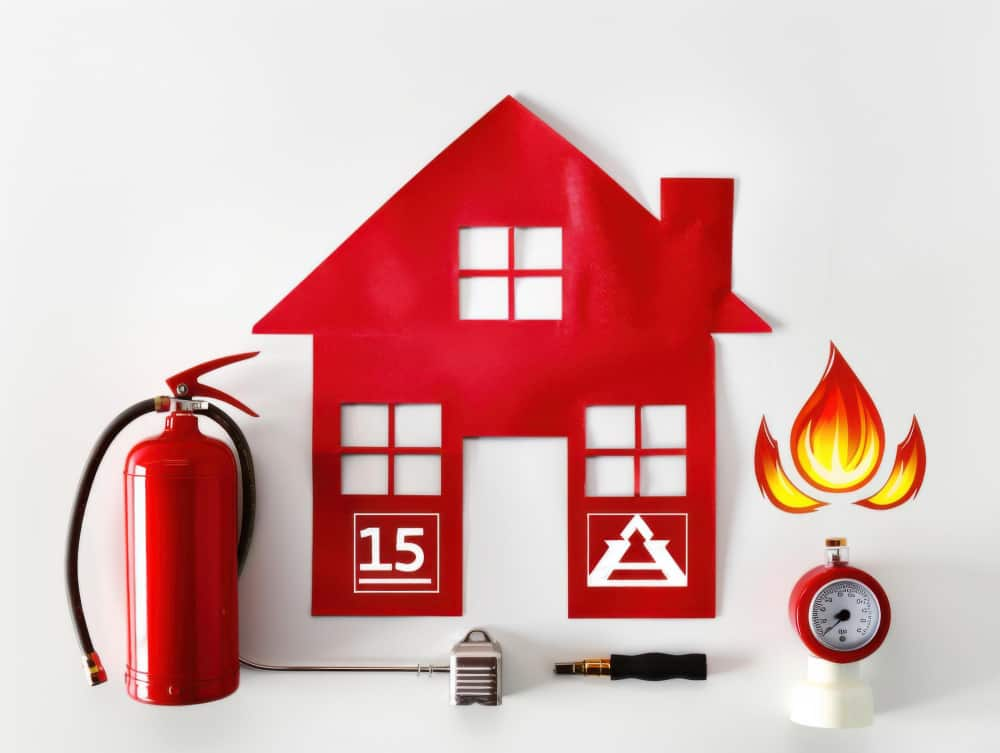Facing the aftermath of damage or disaster that renders your home uninhabitable is an overwhelming experience. Amidst the chaos, the last thing you need is uncertainty about your living arrangements and financial burdens. This is where Additional Living Expenses (ALE) coverage steps in to provide relief and support during challenging times.
ALE coverage is designed to alleviate the financial strain of temporary housing and essential living expenses when you are displaced from your home. While insurance companies tout the benefits of ALE coverage, there are crucial aspects they may not readily disclose. In this blog, we’ll delve into the nuances of ALE coverage, shedding light on what might be overlooked when grappling with the aftermath of a disaster.
1) Understanding Eligibility Criteria
Insurance policies often impose eligibility criteria for ALE coverage to take effect. If your insurer deems that the damage could have been prevented or if you fail to mitigate expenses, your ALE claim may be denied. It’s imperative to document the damage meticulously and maintain open communication with your insurer to ensure eligibility.
2) Emphasizing Documentation
Navigating the ALE claims process necessitates meticulous documentation. From receipts for expenses to detailed inventories of belongings, thorough documentation is essential. Failure to provide accurate records may result in claim denials or delays. Utilize digital platforms like Google Docs or Dropbox to store scanned copies of receipts for easy access and organization.
3) Recognizing Coverage Limits
While ALE coverage offers financial assistance, there are limits to consider. Insurance companies often cap the amount they’ll pay for ALE, which may not align with actual living expenses, especially in high-cost areas. Understanding your coverage limits and seeking additional financial assistance for unique circumstances is paramount.
4) Time Constraints
ALE coverage comes with time limits determined by insurers based on restoration estimates. However, unforeseen delays during the restoration process can shorten this timeframe. It’s crucial to be aware of these time limits and proactively address any delays to avoid losing coverage prematurely.
5) Exploring Cash Advance Options
While not traditionally included in policies, some insurers may offer cash advances to alleviate immediate financial burdens. If you require upfront assistance for ALE expenses, don’t hesitate to inquire about cash advance options from your insurer or adjuster.
6) Considering Alternative Accommodations
While hotels are a common choice for temporary housing, they’re not the only option. Consider alternative accommodations such as Airbnb or staying with relatives. Insurance companies should reimburse additional costs incurred, regardless of the accommodation choice, offering a cost-effective alternative to traditional hotels.
7) Advocating for Fair Settlements
Insurance companies may not readily offer higher ALE settlements, assuming policyholders will accept initial assessments. However, you have the right to negotiate for fair compensation, especially if you can provide evidence of higher costs. Consider enlisting the support of a public adjuster to advocate on your behalf and navigate the claims process effectively.
Partner with Atlantic Adjusting Co. for Expert Guidance on Additional Living Expenses Coverage and more.
At Atlantic Adjusting Co., we understand the complexities of navigating ALE coverage and insurance claims. Our team is dedicated to advocating for fair compensation and providing expert guidance throughout the claims process. Don’t let insurance companies dictate your recovery journey. Request a free consultation with Atlantic Adjusting Co. and let us help you secure the coverage you deserve.


















 Melissa Peña
Melissa Peña Anthony Peña
Anthony Peña Paul Peña
Paul Peña Daniela Pagliari
Daniela Pagliari